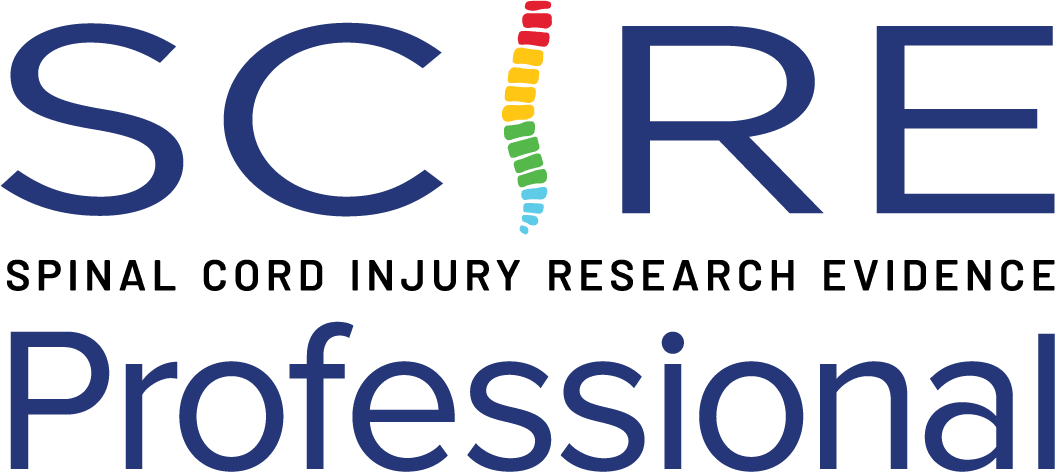Neuromodulation
Neuroplasticity refers to the capacity of the nervous system to modify its structural and functional organization, adjusting itself to changing demands and environment; neuromodulation can be defined as the induction of neuroplastic changes via local application of electrical, magnetic, acoustic, optic, tactile, or pharmacological stimuli (De Ridder et al. 2016). The SCIRE YouTube channel demonstrates neuromodulation in a number of ways, including chemically (intrathecal baclofen), via electrical stimuli (FES and epidural stimulation), and magnetic fields (transcranial magnetic stimulation [TMS]). Neuromodulation can be applied to three main areas of the body: the brain, the spinal cord, and the peripheral nerves, through invasive and/or non-invasive approaches.
In recent years, the combination of rehabilitative training with neuromodulation of the brain or the spinal cord has been investigated as a means to enhance the excitability of motor circuits and to increase training efficacy, promoting motor recovery (Hofer & Schwab 2019). There is promising therapeutic potential using neuromodulation for movement, sensation, bowel, bladder, and sexual function in people with SCI (Perrouin-Verbe & Van Kerrebroeck 2024). Over the last few years, translation of stimulation-enhanced activity-based rehabilitation from the pre-clinical to a clinical setting has yielded improvements in motor functionality (Hofer & Schwab 2019).
